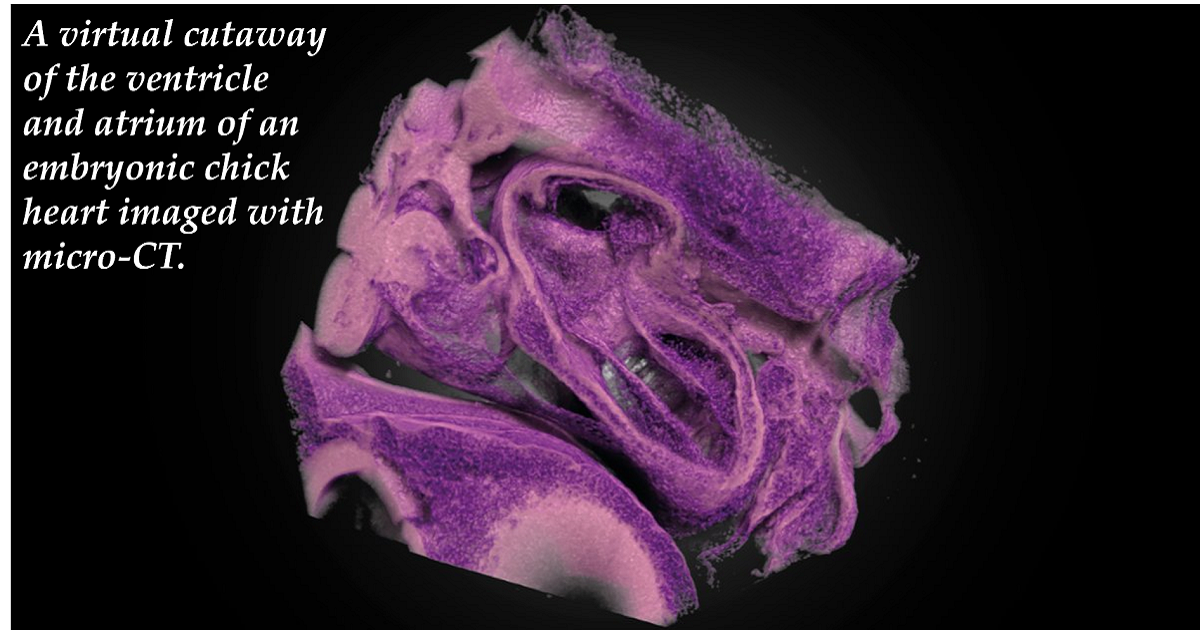Models and Methods for Computational Cardiology
A special issue of Journal of Cardiovascular Development and Disease (ISSN 2308-3425).
Deadline for manuscript submissions: closed (15 February 2023) | Viewed by 38280

Image courtesy of Nina Kraus
Special Issue Editors
Interests: cardiovascular development; extracellular matrix development; the interplay between genomic programing and the mechanical environment during development and disease
Special Issues, Collections and Topics in MDPI journals
Interests: cardiovascular development; hemodynamics; heart function; computational fluid dynamics (CFD); mechanotransduction
Special Issues, Collections and Topics in MDPI journals
Special Issue Information
Dear Colleagues,
The Journal of Cardiovascular Development and Disease is planning to create a Special Issue that focuses on computational cardiology. In this Special Issue, we will highlight some of the recent developments that are advancing the understanding and diagnosis of cardiovascular disease. The enhancement of imaging modalities has allowed for the resolution of disease initiation and progression, which until recently was only available in humans post mortem. Advances in cardiovascular computational modeling and cardiovascular informatics together with these new imaging modalities create new opportunities for earlier interventions and better outcomes for cardiovascular disease, a global leader in human mortality. In this Special issue “Models and Methods for Computational Cardiology”, we welcome you to contribute a research paper or review article on any aspect of this topic including novel basic science or clinical approaches that better define the mechanisms of cardiovascular development and pathology. Novel models for pediatric and adult heart disease, including those that seek to improve outcomes from surgical interventions, are also relevant topics for this Special Issue. This is an excellent opportunity for clinical and basic sciences trainees in your group to contribute to the field.
Prof. Dr. Richard L. Goodwin
Prof. Dr. Sandra Rugonyi
Guest Editors
Manuscript Submission Information
Manuscripts should be submitted online at www.mdpi.com by registering and logging in to this website. Once you are registered, click here to go to the submission form. Manuscripts can be submitted until the deadline. All submissions that pass pre-check are peer-reviewed. Accepted papers will be published continuously in the journal (as soon as accepted) and will be listed together on the special issue website. Research articles, review articles as well as short communications are invited. For planned papers, a title and short abstract (about 100 words) can be sent to the Editorial Office for announcement on this website.
Submitted manuscripts should not have been published previously, nor be under consideration for publication elsewhere (except conference proceedings papers). All manuscripts are thoroughly refereed through a single-blind peer-review process. A guide for authors and other relevant information for submission of manuscripts is available on the Instructions for Authors page. Journal of Cardiovascular Development and Disease is an international peer-reviewed open access monthly journal published by MDPI.
Please visit the Instructions for Authors page before submitting a manuscript. The Article Processing Charge (APC) for publication in this open access journal is 2700 CHF (Swiss Francs). Submitted papers should be well formatted and use good English. Authors may use MDPI's English editing service prior to publication or during author revisions.
Keywords
- cardiovascular development
- congenital heart disease
- cardiovascular imaging
- patient-specific cardiovascular modeling
- cardiovascular growth and remodeling
- cardiovascular computational fluid dynamics
- cardiovascular flow tissue interaction
- hemodynamics
- mechanotransduction
Benefits of Publishing in a Special Issue
- Ease of navigation: Grouping papers by topic helps scholars navigate broad scope journals more efficiently.
- Greater discoverability: Special Issues support the reach and impact of scientific research. Articles in Special Issues are more discoverable and cited more frequently.
- Expansion of research network: Special Issues facilitate connections among authors, fostering scientific collaborations.
- External promotion: Articles in Special Issues are often promoted through the journal's social media, increasing their visibility.
- e-Book format: Special Issues with more than 10 articles can be published as dedicated e-books, ensuring wide and rapid dissemination.
Further information on MDPI's Special Issue policies can be found here.







